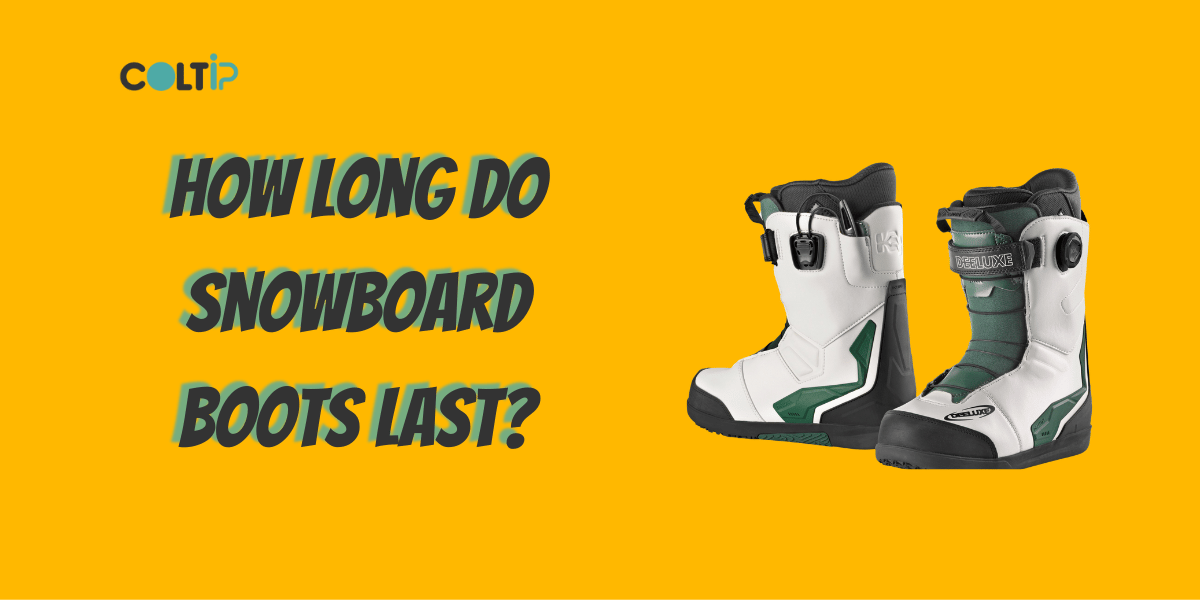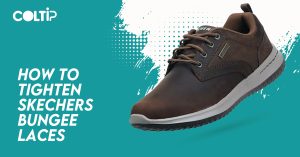Table of Contents
Introduction: What is the typical lifespan of snowboard boots?
When you’re into snowboarding, one key thing that can make or break your experience is the gear you choose. Your snowboard boots are among the most important pieces of equipment. They serve as the link between you and your snowboard, and they play a significant role in your comfort, control, and how well you perform on the slopes. So, how long can you expect your snowboard boots to stick around? In this in-depth guide, we’ll dive into the topic of snowboard boot lifespan, what factors can affect how long they last, and tips for making them go the distance.
The Lifespan of Snowboard Boots
The lifespan of snowboard boots can vary due to several factors, such as the specific boot model, their initial stiffness, how frequently and intensely they are used, and the level of care they receive. Typically, you can anticipate that a pair of snowboard boots will last for approximately 50 to 70 full days of demanding riding before they may require replacement. This duration roughly translates to about two seasons for most riders. It’s important to remember that even though these items might have a longer lifespan, their effectiveness tends to decrease as time goes on.
To get a clearer picture of how long snowboard boots can last, let’s check out what seasoned riders have to share:
Burton Ion
Even though it’s crafted from high-quality leather, some riders have found that it still feels quite rigid after around 100 days of use.
Other riders have tested Burton Ion after riding for more than 80 days.
A third rider, while acknowledging the boots’ great yield duration, experienced damage after 70 days.
Thirty Two TM-TWO
Some riders noticed these boots starting to fall apart after just 10 days.
Others reported losing stiffness after 25 days of use.
Thirty Two Prions
These boots proved to be sturdier than the TM-TWO model, maintaining their strength even after being used for approximately 100 days of riding over a span of four years.
Head
The high-quality Head boots held up well for about 40 days of riding before they started to show any signs of wear and tear. This relatively short lifespan was influenced by the old and jagged bindings they were used with.
Deeluxe
One rider experienced the inner lace snapping after only 10 days, but they managed to continue riding with just the external lace for another 40 days.
Vans BFB
A 5-year-old pair was still going strong. While not ideal for hard groomer shredding, they were adequate for backyard riding.
Vans Andreas Wiig
After more than 50 days of wearing these top-notch boots, they still appear in pristine condition, retaining their firmness and overall quality remarkably.
Nikes
A few riders have mentioned that even after spending more than 100 days on the mountain, their Nike boots still maintain their stiffness and continue to offer precise performance while riding.
Burton Emerald
People have mentioned that these boots don’t hold up for the entire season, with the soles beginning to peel off by the season’s end.
Flow
Boots with the Boa system lasted about 70 days (equivalent to three seasons) of hard, full-time riding, making them a worthy investment.
Salomon Synapse
A few riders discovered that these boots could withstand over 100 days of wear and tear and were still in pretty good shape when they decided to sell them second-hand. They maintained their supportive stiffness and warmth.
Signs Your Snowboard Boots Need Replacement
Knowing when it’s time to replace your snowboard boots is essential for maintaining a good riding experience. Here are some clear signs that your boots may need replacement:
Lack of Foot Support: If your boots no longer hold your feet securely, causing them to move around inside, it’s time for a replacement. This movement inside your boot reduces your ability to control your snowboard effectively.
Water Leakage: Your boots shouldn’t let in water, except in extremely warm and slushy conditions. If your feet are consistently wet while snowboarding, it’s a clear sign that your boots need replacement.
Signs of Wear: Regularly inspect your boots for signs of damage, such as the sole coming away at the heel or toe, fraying laces, or issues with components like the Boa dial.
Excessive Foot Movement: If your foot moves around too much inside the boot, it can affect your control over the snowboard. Consider adding cushioning or replacing the insole to address this issue.
Prolonging the Lifespan of Your Snowboard Boots
While the lifespan of snowboard boots is influenced by various factors, you can take steps to prolong their durability:
Use Your Boots for Snowboarding Only:
Avoid walking around in your snowboard boots off the hill. Using them exclusively for snowboarding can significantly extend their life.
Don’t Over-Tighten Them:
It’s common for new boots to feel stiff. You can keep the lacing on the outer boot slightly loose for the first few days until they soften up. Over-tightening them accelerates their breaking.
Dry Them Out:
Even if your boots don’t feel wet, there may be moisture inside them. Drying them thoroughly overnight will help maintain the integrity of the inner boot and prevent odors.
Consider Stiffer Boots:
Stiffer boots generally have a longer life before becoming too soft for use. If you don’t like stiff boots, consider choosing a slightly stiffer pair and leaving the laces a bit looser until they soften.
Invest in Quality Boots:
More expensive boots are made from higher-grade materials and often have additional features that make them tougher. Innovations in technology have improved the performance and durability of snowboard boots in recent years.
Stay Updated:
Newer boots tend to offer better performance and durability. Technology continually evolves, resulting in lighter, warmer, and more waterproof boots compared to those from a decade ago.
By following these guidelines, you can ensure your snowboard boots last longer and provide better performance throughout their lifespan.
Which snowboard boots tend to have a longer lifespan?
In general, when it comes to boots, those with a stiffer build often have a longer lifespan. Stiffer boots retain their stiffness, even after a significant number of riding days. On the flip side, soft park boots with thin inner liners, ideal for manoeuvrability and agility on features like kickers, rails, and boxes, may also have a long lifespan. However, if you take them into groomer or backcountry terrains, the pressure may lead to wear and tear.
Most snowboard boots on the market are made from Cordura, an ultra-tough synthetic nylon fabric known for its durability. Cordura is an excellent alternative to leather, providing strength and durability. However, boots with a leather external layer tend to last longer, especially if you use wax to protect the leather.
Tips for Maximizing the Lifespan of Snowboard Boots
To make your snowboard boots last as long as possible, consider the following tips:
Buy Tight-Fitting Boots:
Boots that fit tightly and are slightly stiffer than your ideal preference tend to be more durable and last longer.
Pair Them with Solid Bindings:
High-quality bindings not only enhance your riding ability but also impact the durability of your boots. Poor-quality bindings can cause damage.
Add Foam Inserts:
As your boots begin to feel like they are packing out, a boot fitter can add foam inserts to specific areas with extra space, such as the heel, which is prone to packing out.
Consider New Liners:
If your liners have packed out early while the rest of the boot is in good condition, consider getting new liners. This is a fantastic way to make your boots last longer.
Final Words
A well-made set of snowboarding boots typically holds up for around one to two complete seasons, which roughly translates to 50 to 70 days of intense riding. If your boots pack out or wear out quickly, keep your purchase receipt and inquire about the warranty.
When shopping for new boots, choose ones that are tighter than expected without causing discomfort. The more compressed your foot, the better the fit, control, and precision, ensuring your boots last longer and provide an exceptional snowboarding experience.
In conclusion, understanding the factors affecting the lifespan of your snowboard boots and taking steps to prolong their durability can make a significant difference in the quality of your snowboarding experience. High-quality boots, proper maintenance, and good snowboarding practices are key to ensuring you get the most out of your investment.
By following these guidelines and being proactive in identifying signs of wear, you can maximize the lifespan of your snowboard boots and enjoy many more days of shredding on the slopes.




